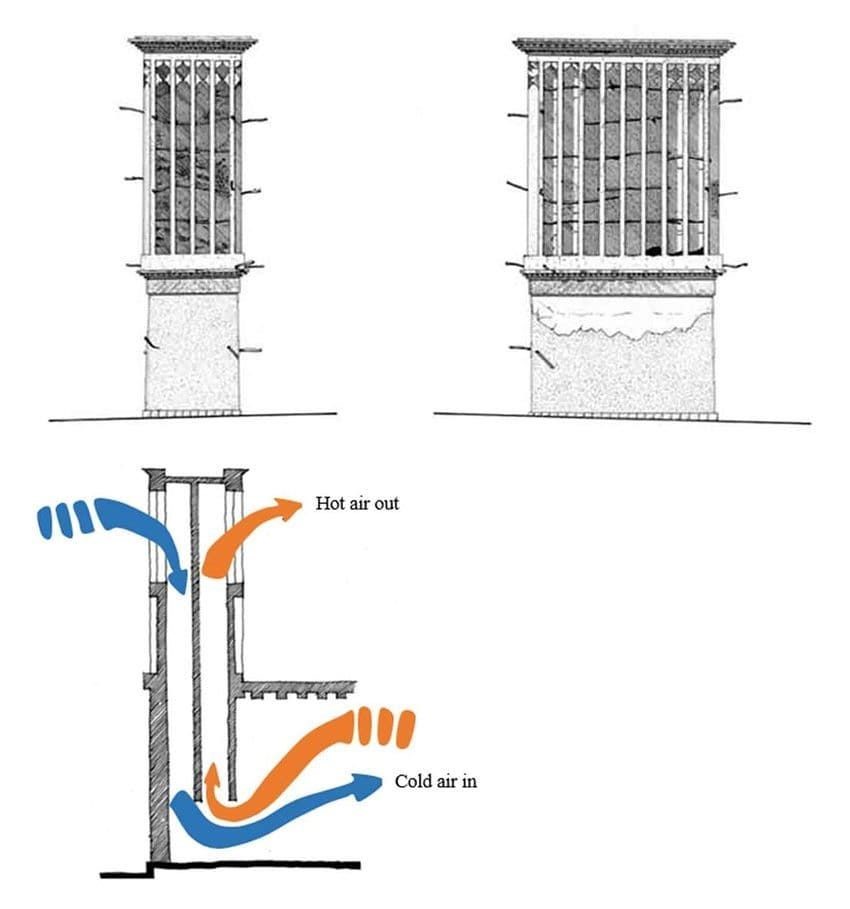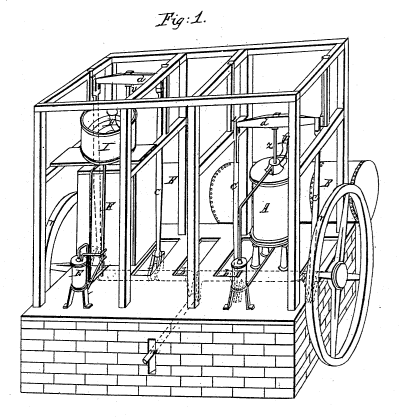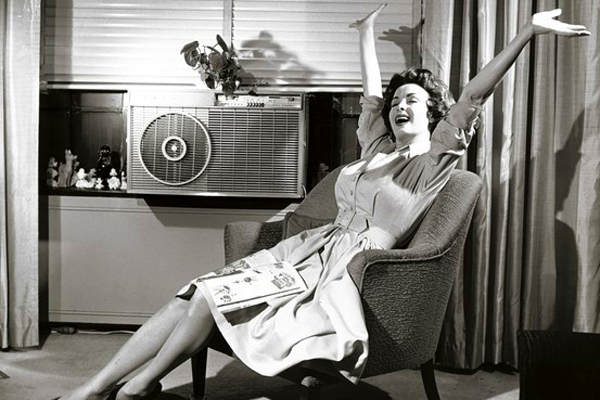From the very beginning of human history, people wanted to live in comfortable conditions: to sleep at night and not wake up from the unbearable heat or not chattering teeth, wrapped in a mammoth skin. Modern living conditions provide such an opportunity. And we owe much of this to air conditioners.
In this article, I would like to tell you the history of the creation of a household air conditioner, how it works and share interesting facts. And maybe, in the morning, when you come to work and pour yourself a fresh hot coffee, you will be distracted from routine affairs and will find something new and interesting for yourself in this article.
Before starting, dear reader, I would like to introduce myself. My name is Roman and I work as an air conditioning technician. I do not claim to be an expert, but just want to share information. Perhaps you can complement me and share your experience and knowledge. This is my first article on HABR, and I would appreciate any feedback.
Air conditioning in Persia

, . . : -, -, - . , . .
: , . . , . , .

«», — «».
, . , , , , , . , , . . , , «» ( mala aria – « »). , , , , «». , , « » 1835 . « » 1851 (https://patents.google.com/patent/US8080).

. 1902 . , , . , - . : , , .
. Air conditioning («to condition» - « - »). . 1906 : " " ", - , , ".
 1915 Carrier Engineering, . . 1924 . . . , . 1922 1930 300 .
1915 Carrier Engineering, . . 1924 . . . , . 1922 1930 300 .

 1929 General Electric (GE), , - (Split-system . Split - ). , , .
1929 General Electric (GE), , - (Split-system . Split - ). , , .
-– , : , , .

, , . , . , FREON — Dupont CFC, HCFC HFC . R (Refrigerant — , ) General Electric, -, , 1931 General Electric.
:

– , , .
– .
– , ; . , , , , , ( ).
– .
– , ; . , , , , , ( ).
- .
?
The compressor compresses the gaseous refrigerant. Then the refrigerant enters the condenser (heat exchanger of the outdoor unit), where, blown by the fan, it cools and condenses. Further, the liquid phase of the refrigerant enters the throttling device, reduces its pressure and is dosed. Then it enters the evaporator (heat exchanger of the indoor unit), where, blown by the fan, the refrigerant evaporates, absorbing heat from the air. After that, the already gaseous refrigerant enters the compressor again, where the cycle is repeated. This is how every air conditioner works.